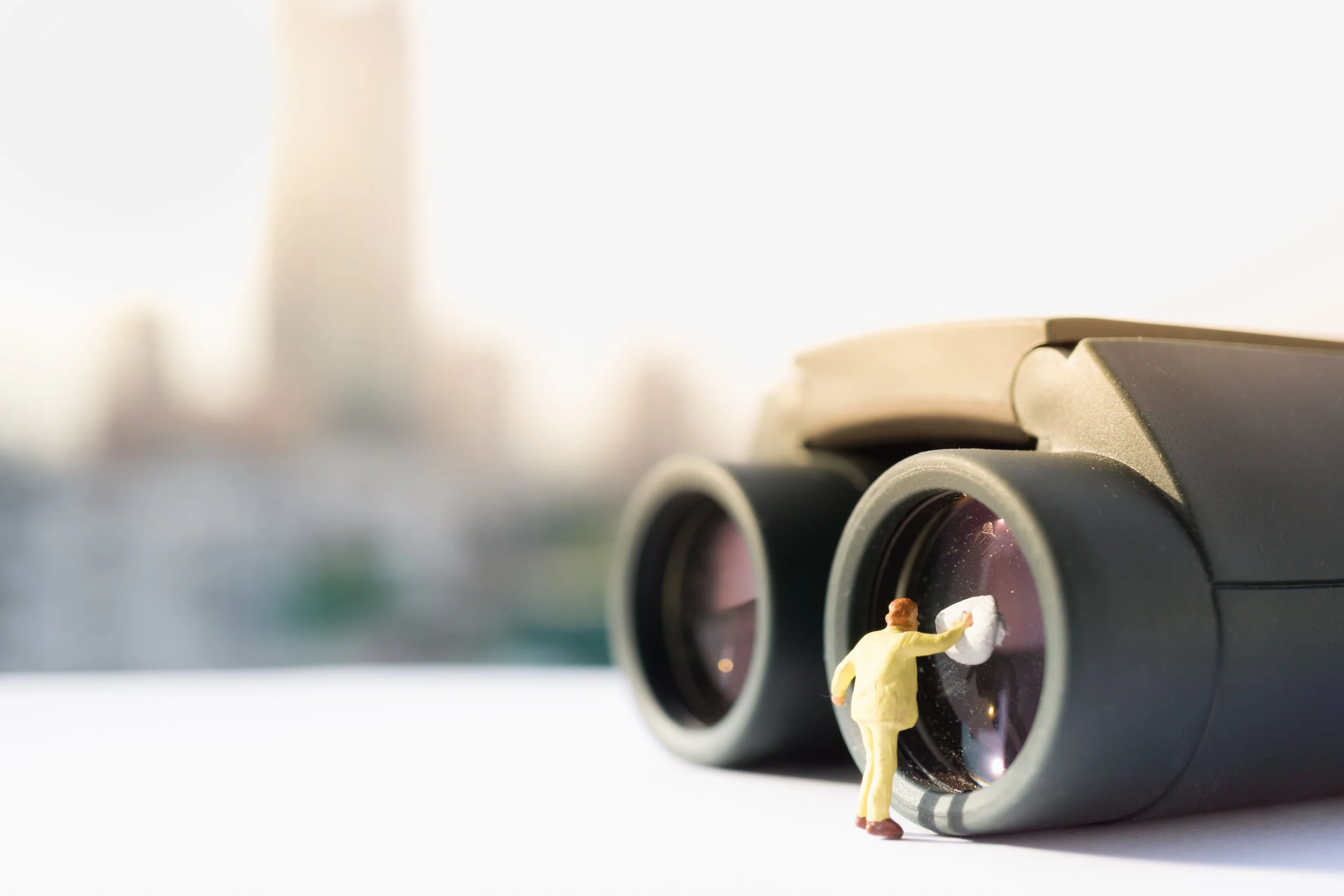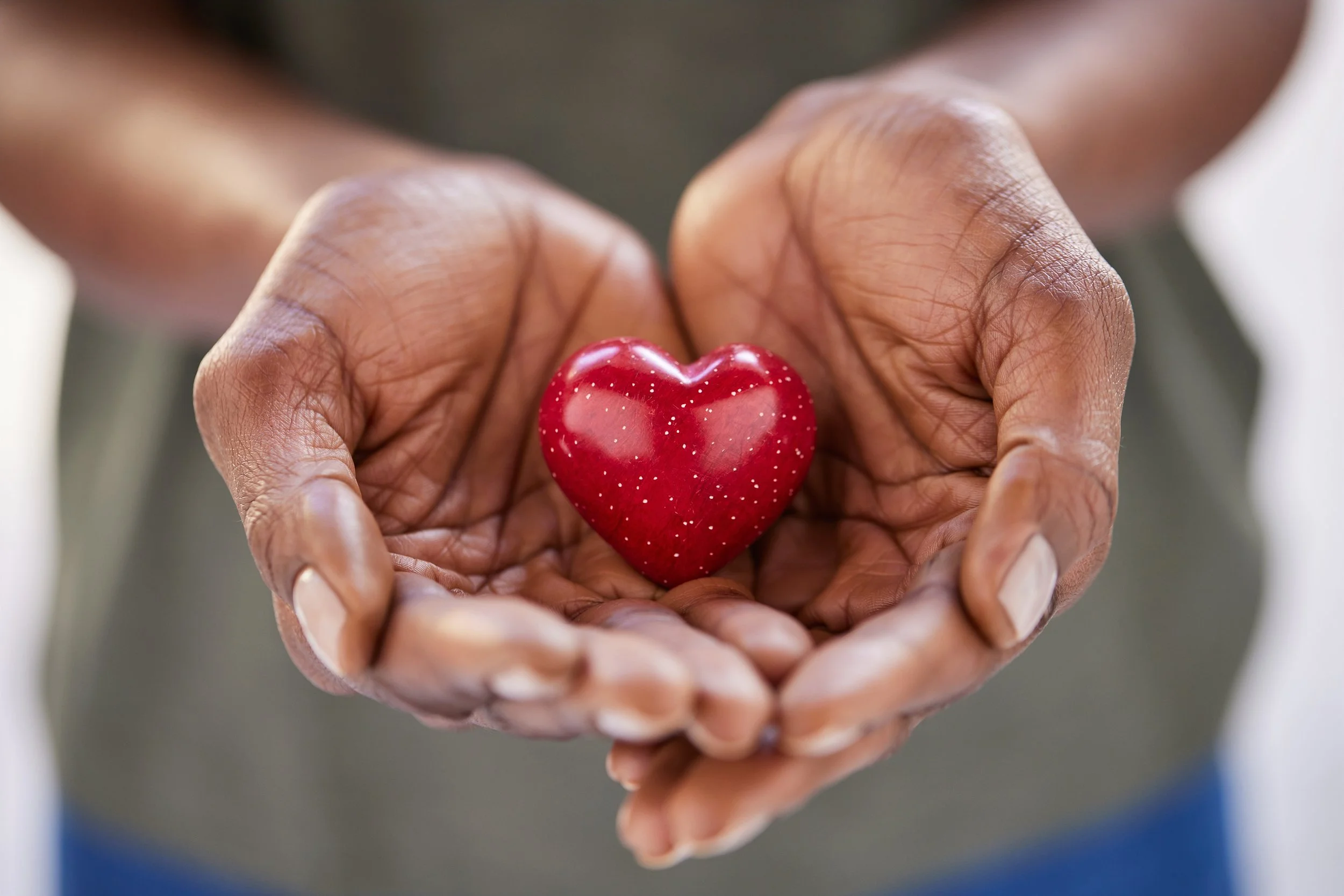
Creating Understanding
Unseen Barriers
-
The act of forming an opinion or judgment about someone or something before having all the necessary information or without fully understanding the situation. It often leads to biased or unfair conclusions.
A new family moves into a neighborhood, and before even meeting them, some longtime residents assume they won’t fit in because they look or act differently from the majority. Maybe they speak another language, dress in a way that stands out, or come from an unfamiliar cultural background. Instead of meeting them with open minds, the neighbors keep their distance, assuming they won’t have anything in common. Over time, however, as interactions happen—perhaps through a community event or a child’s friendship at school—those assumptions are challenged, and the neighbors realize their prejudgments were both unfair and inaccurate.
-
A feeling of worry, nervousness, or unease about something that may or may not happen. Anxiety can be a natural response to stress, but it can also be influenced by past experiences, societal pressures, or internalized fears.
A Muslim teenager feels anxious about wearing her hijab on the first day at a new school. She’s unsure how her classmates will react and fears being stared at, questioned, or even excluded. This anxiety leads her to consider dressing differently to avoid standing out, even though her hijab is an important part of her identity
-
A preference, belief, or attitude—often unconscious—that influence how we see and treat people or situations. Bias can be positive or negative, but it often leads to unfair advantages or disadvantages for certain groups.
A group of friends decides to sign up for a local hiking trip. When a plus-size woman expresses interest in joining, some members subtly discourage her, assuming she won’t be able to keep up or that she isn’t physically active. They suggest less strenuous activities instead, without ever asking about her experience. In reality, she regularly hikes and is more than capable. Their bias, rooted in assumptions about body size and fitness, almost prevents them from seeing her as an equal participant.
-
A physical or symbolic barrier that separates something from the outside world. In a social context, a “bubble” refers to the environment people live in—shaped by their experiences, beliefs, and communities—that can limit their understanding of others.
A marketing team at a company is made up of employees who all come from similar educational backgrounds and social circles. As they brainstorm ideas for a new campaign, they never consider perspectives outside of their own experiences. When the campaign launches, they’re surprised to receive backlash because their messaging unintentionally excludes or offends certain communities. It’s only after hiring a more diverse team member or consulting outside voices that they realize they’ve been working in a bubble—only seeing the world through their own narrow lens.
-
A strong emotion caused by a sense of danger, threat, or the unknown. Fear can be a natural response that keeps us safe, but it can also be shaped by learned experiences and stereotypes, leading to unnecessary division or avoidance.
A man is walking down the street at night when he notices a group of teenagers hanging out on the corner. Because of stories he’s heard in the media and assumptions he’s developed over time, he feels afraid. Without any real reason to believe they’re dangerous, he crosses the street to avoid them. In reality, the teens are simply waiting for a friend, laughing about a school project. His fear isn’t based on the actual situation, but on ingrained biases he’s absorbed over time. Had he stopped to challenge his fear, he might have seen the situation for what it really was.
-
Oversimplified and widely held beliefs or assumptions about a particular group of people. Stereotypes often ignore individual differences and can lead to unfair treatment, misunderstandings, or discrimination.
A highly skilled engineer who uses a wheelchair applies for a leadership position at a construction firm. Despite her extensive experience managing large-scale projects, some colleagues assume she won’t be able to handle the job because she can’t physically walk around the site. Instead of evaluating her based on her expertise and leadership abilities, they focus on what they assume she can’t do. When she is hired and successfully manages the projects, it becomes clear that their stereotype was limiting—not her abilities.
These kind of unseen barriers shape our communities every day, and breaking them down to build understanding, connection, and belonging is at the heart of Making Neighborhood.
Now that we know what’s in the way, are you ready to start breaking down some barriers?
“Not everything that is FACED
can be changed, but nothing can
be CHANGED until it is faced.”
—James Baldwin
Building Connection
-
The ability to grasp the meaning, significance, or nature of something. It goes beyond knowledge to include empathy—recognizing and respecting the experiences, feelings, and perspectives of others. True understanding requires open-mindedness and a willingness to look beyond one’s own point of view.
A group of friends is planning a trip, and one of them expresses hesitation about a destination due to cultural differences. Instead of brushing off their concerns or making assumptions, the group takes time to understand why the destination might feel uncomfortable. They listen to the reasons behind the hesitation and research ways to make the trip more inclusive, ensuring everyone feels respected and included. This openness allows them to plan a trip that honors everyone’s feelings and perspectives, creating a more enriching experience for all.
-
The ability to deeply understand and share the feelings of another person. Unlike sympathy, which feels sorry for someone, empathy steps into their experience, recognizing their emotions and perspectives without judgment or distance.
A college student notices that their roommate, who recently moved from another country, has been quiet and withdrawn. Instead of assuming they just need time to adjust, the student takes a moment to ask how they’re feeling. They listen without interrupting as their roommate shares feelings of loneliness and culture shock. Rather then offering a quick “It’ll get better,” the student acknowledges how hard it must be to be far from home—and then invites them to join a weekend outing, making an effort to include them. This small but meaningful act of empathy helps the roommate feel seen and supported.
-
Embracing and welcoming people from all backgrounds, identities, and experiences, and ensuring that everyone feels valued, respected, and able to participate fully. Inclusivity involves actively creating spaces where diversity is celebrated and where all individuals feel a true sense of belonging—regardless of their differences.
A community center plans a series of workshops on personal growth and development. When organizing the event, they make sure to provide accommodations for people with disabilities, including offering materials in braille for the visually impaired, and providing audio descriptions for the workshops. They also offer materials in multiple languages and ensure that people from all socioeconomic backgrounds can participate by offering free admission. The physical space is designed with ramps and clear signage to accommodate wheelchairs. As a result, the workshops are attended by people from diverse backgrounds and everyone feels included, valued, and empowered to share their experiences and learn from each other.
-
The active process of paying attention to what someone is saying, both verbally and non-verbally, with the intention of truly understanding their message and emotions. Listening involves being fully present, showing respect, and withholding judgment in order to connect with the speaker’s experience.
A young woman sits down with a close friend who has been struggling with mental health issues. Instead of offering immediate advice or trying to fix the situation, she simply listens. She gives her full attention, asking open-ended questions and reflecting back what she hears, ensuring her friend feels heard and understood. Through this act of listening, her friend feels less alone in their struggles and more empowered to seek the support they need, knowing that they were truly listened to.
-
The idea that people, communities, and systems are linked in ways that affect one another—whether those links are visible or not. Interconnection reminds us that our actions, choices, and experiences don’t exist in isolation—they ripple outward, shaping the lives and experiences of others.
A young man buys a cheap T-shirt online without thinking about where it came from. Later, they learn that the factory producing the shirt underpays its workers and contributes to pollution in another part of the world. This realization shifts their perspective—they begin to see how their purchasing decisions connect to larger systems of labor, the environment, and global inequality. By recognizing this interconnection, they start making more conscious choices, understanding that even small actions can contribute to a bigger impact.
-
The deep awareness of the suffering of others, coupled with the desire to alleviate that suffering. Compassion goes beyond empathy by motivating action—helping others not just through understanding, but also through efforts to support and care for them in meaningful ways.
A teacher notices a student struggling with a heavy backpack and constant exhaustion. Instead of simply acknowledging the student’s fatigue, the teacher takes the time to talk to them and learns that they’re dealing with challenging family circumstances. Understanding the student’s situation, the teacher offers to adjust their workload and connects them with resources for emotional support. Through this compassionate response, the student feels cared for, knowing that someone is looking out for their well-being beyond just academic performance.
Real connections start with real people.
Are you ready to listen, challenge perceptions, and see your neighbors in a new light?
Understanding is just the beginning.
Take action with simple, everyday ways to listen, connect, and build a stronger community.












